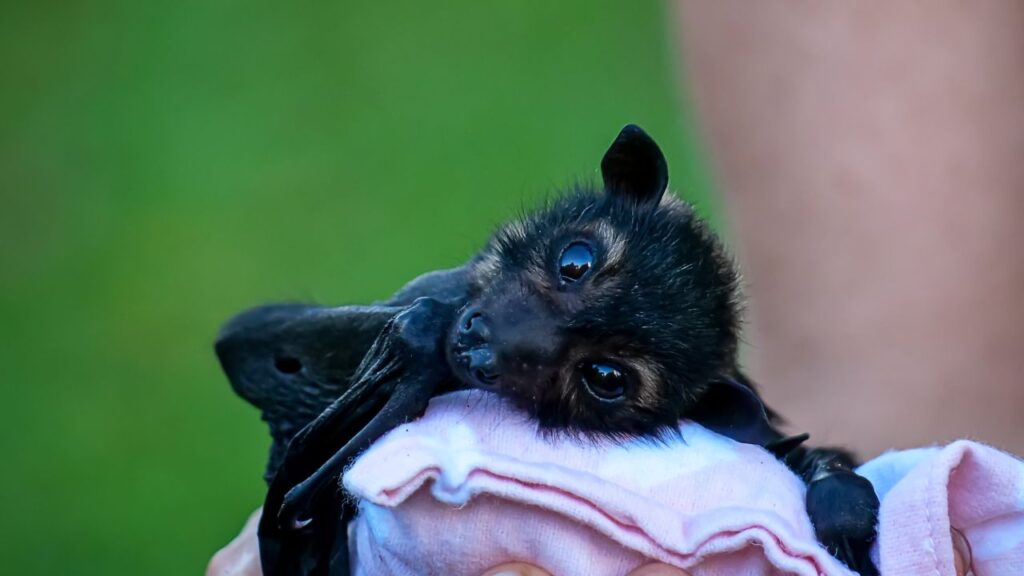Britain’s wildlife comes in all shapes and sizes, but some of our most fascinating creatures are the ones you might overlook. Our smallest mammals are often hidden from view, going about their busy lives largely unnoticed. From the squeaking harvest mouse to the elusive pygmy shrew, these tiny creatures are all around us. Sadly, my cats know this and regularly hunt some of these tiny critters.
Pygmy Shrew
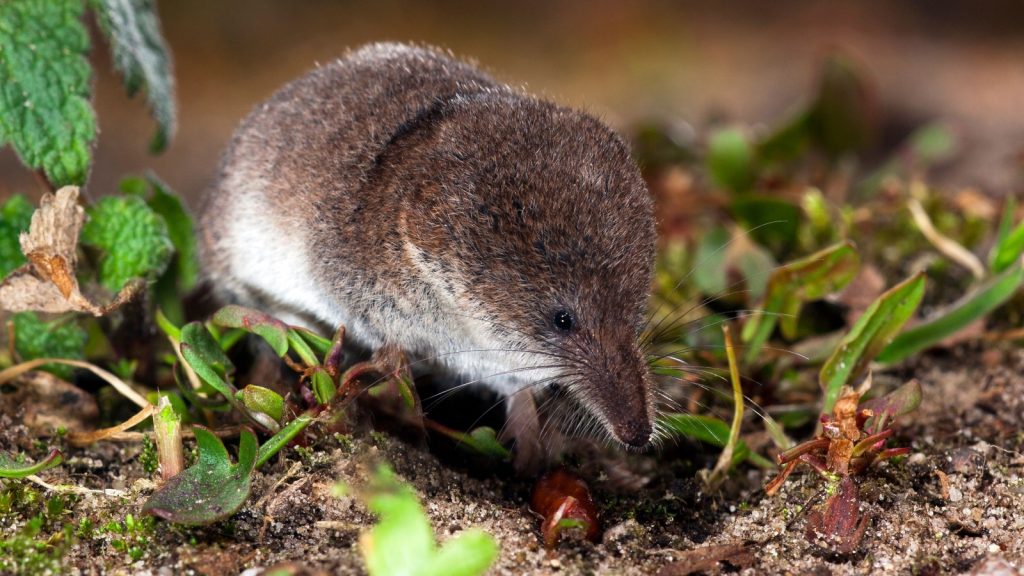
The pygmy shrew is one of Britain’s smallest mammals, weighing just 5 grams. These tiny insectivores have such a fast metabolism that they need to eat almost constantly to survive. They’re known for their high-pitched squeaks and can be found in a variety of habitats across the UK. Pygmy shrews have a unique adaptation – they can shrink their brains and skulls by up to 20% in winter to conserve energy.
Harvest Mouse

Weighing only 6 grams, the harvest mouse is Britain’s smallest rodent. They’re famous for their acrobatic skills, using their prehensile tails to climb among grass stems and reeds. Harvest mice build beautiful spherical nests high up in tall grasses, which are a wonder of natural engineering. These mice can enter a state of torpor in cold weather, lowering their body temperature and heart rate to conserve energy.
Water Shrew
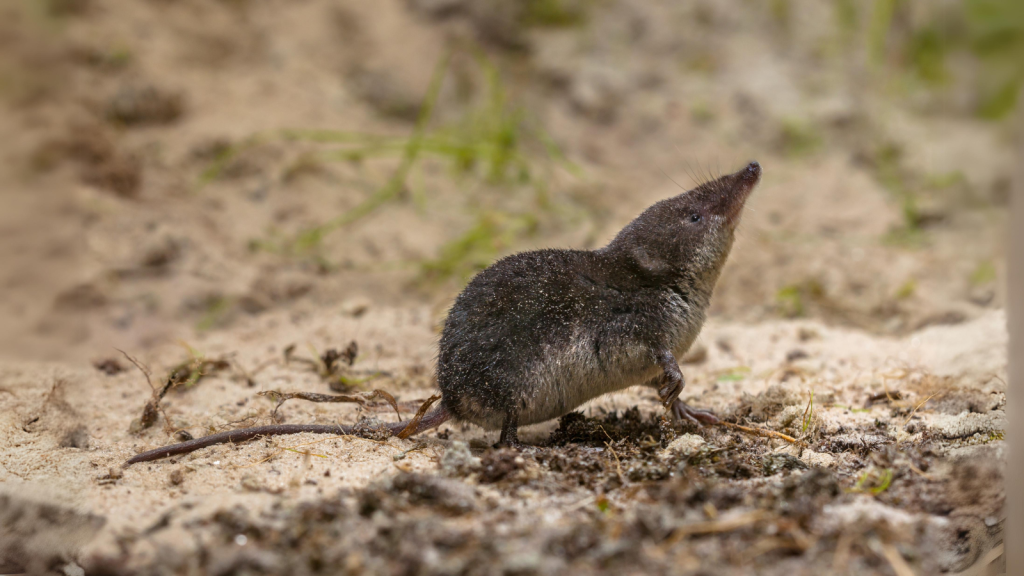
The water shrew is slightly larger than its pygmy cousin but still tiny at around 12 grams. These semi-aquatic mammals are excellent swimmers, using their partially webbed feet and water-repellent fur to hunt underwater. They have a venomous bite, which they use to paralyze their prey. Water shrews can dive for up to 20 seconds and are able to run across the surface of water for short distances.
Common Pipistrelle Bat
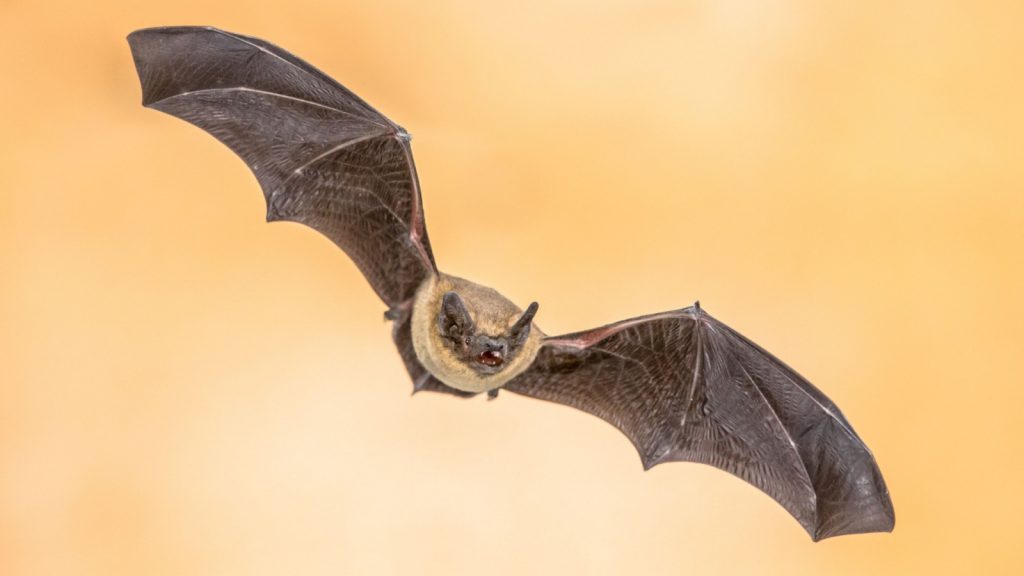
The common pipistrelle is our most widespread bat species and one of the smallest, weighing just 5 grams. These agile flyers can consume up to 3,000 insects in a single night. They’re often seen at dusk, darting around gardens and streetlights in search of food. Pipistrelles use echolocation to navigate and hunt, emitting ultrasonic calls at frequencies up to 85 kHz.
Bank Vole
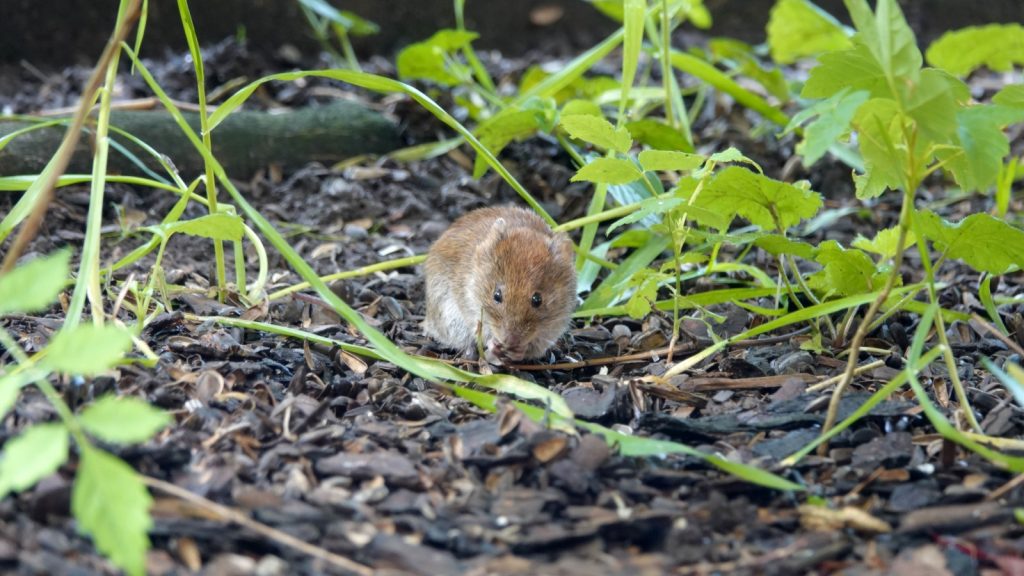
The bank vole is a small rodent, typically weighing between 15-25 grams. These chestnut-coloured creatures are common in woodlands and hedgerows across Britain. Bank voles are important prey for many predators and help to disperse seeds through their foraging habits. They’re known for their ability to climb trees and shrubs, unlike many other vole species.
Wood Mouse
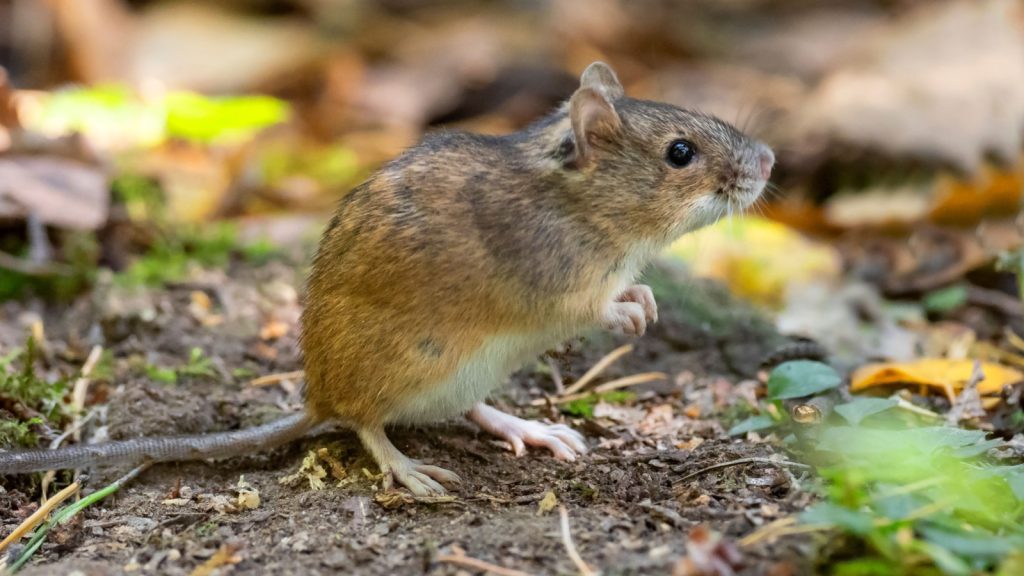
Image Credit: Shutterstock
Also known as the long-tailed field mouse, the wood mouse weighs around 20 grams. They’re excellent climbers and jumpers, using their long tails for balance. Wood mice are known for their large eyes and ears, which help them navigate in the dark. These resourceful rodents are known to store food in underground caches, sometimes containing up to 3 kg of seeds.
Common Shrew
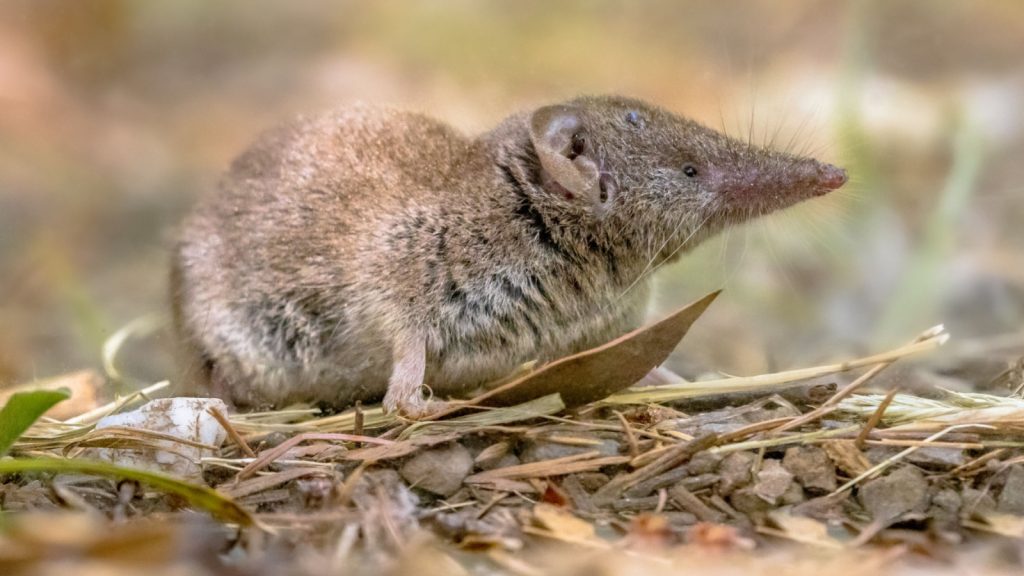
The common shrew is slightly larger than the pygmy shrew, weighing about 10 grams. These feisty little creatures have a venomous bite and are known for their high-pitched, bird-like calls. Common shrews have poor eyesight but make up for it with an excellent sense of smell and hearing. They’re known for their unique behaviour of forming ‘conga lines’, where young shrews follow their mother in a head-to-tail procession.
Lesser White-Toothed Shrew
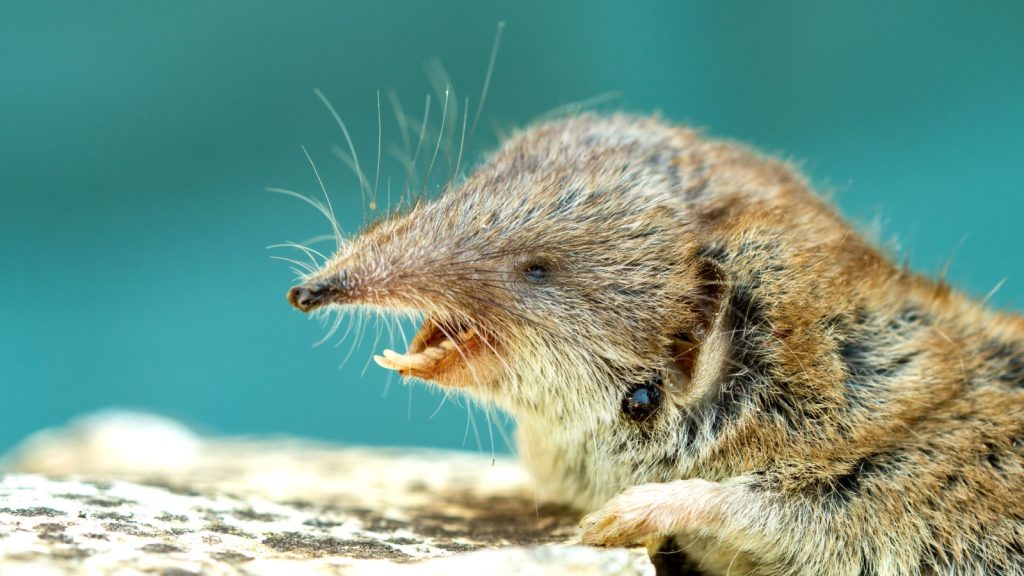
Found only in the Scilly Isles and Channel Islands, the lesser white-toothed shrew weighs about 8 grams. These rare shrews are distinguished by their white teeth, unlike the red-tipped teeth of other British shrews. They’re excellent climbers and can often be found in stone walls and rocky areas. Unlike other British shrews, the lesser white-toothed shrew can enter a state of torpor to conserve energy during cold periods.
Eurasian Pygmy Shrew
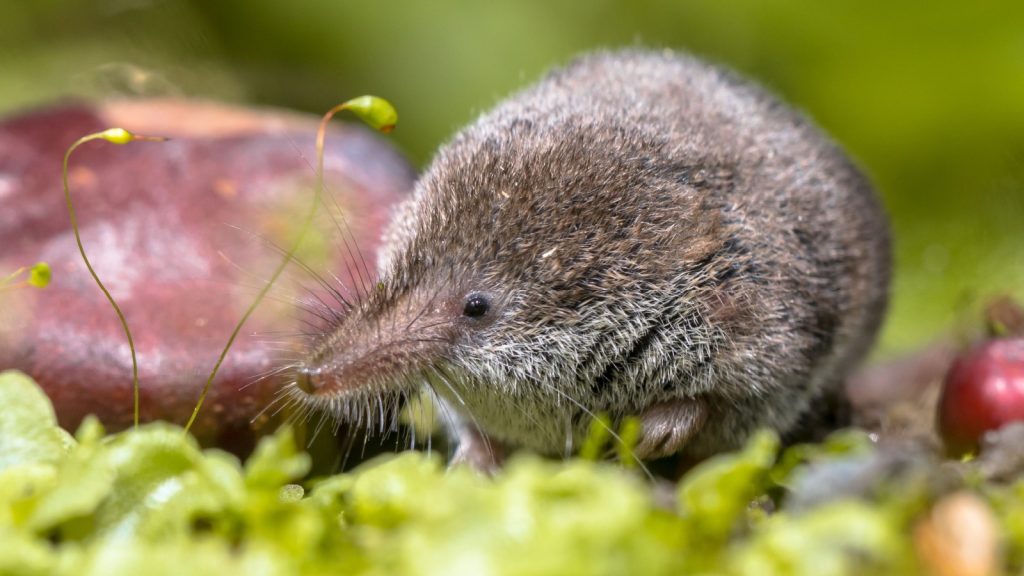
Not to be confused with the pygmy shrew, the Eurasian pygmy shrew is found in Ireland and weighs around 6 grams. These tiny mammals have one of the highest metabolic rates of any animal, needing to eat every 2-3 hours to survive. They’re known for their distinctive musky odour. Eurasian pygmy shrews have such poor eyesight that they rely almost entirely on their sense of touch and smell to navigate and hunt.
Field Vole
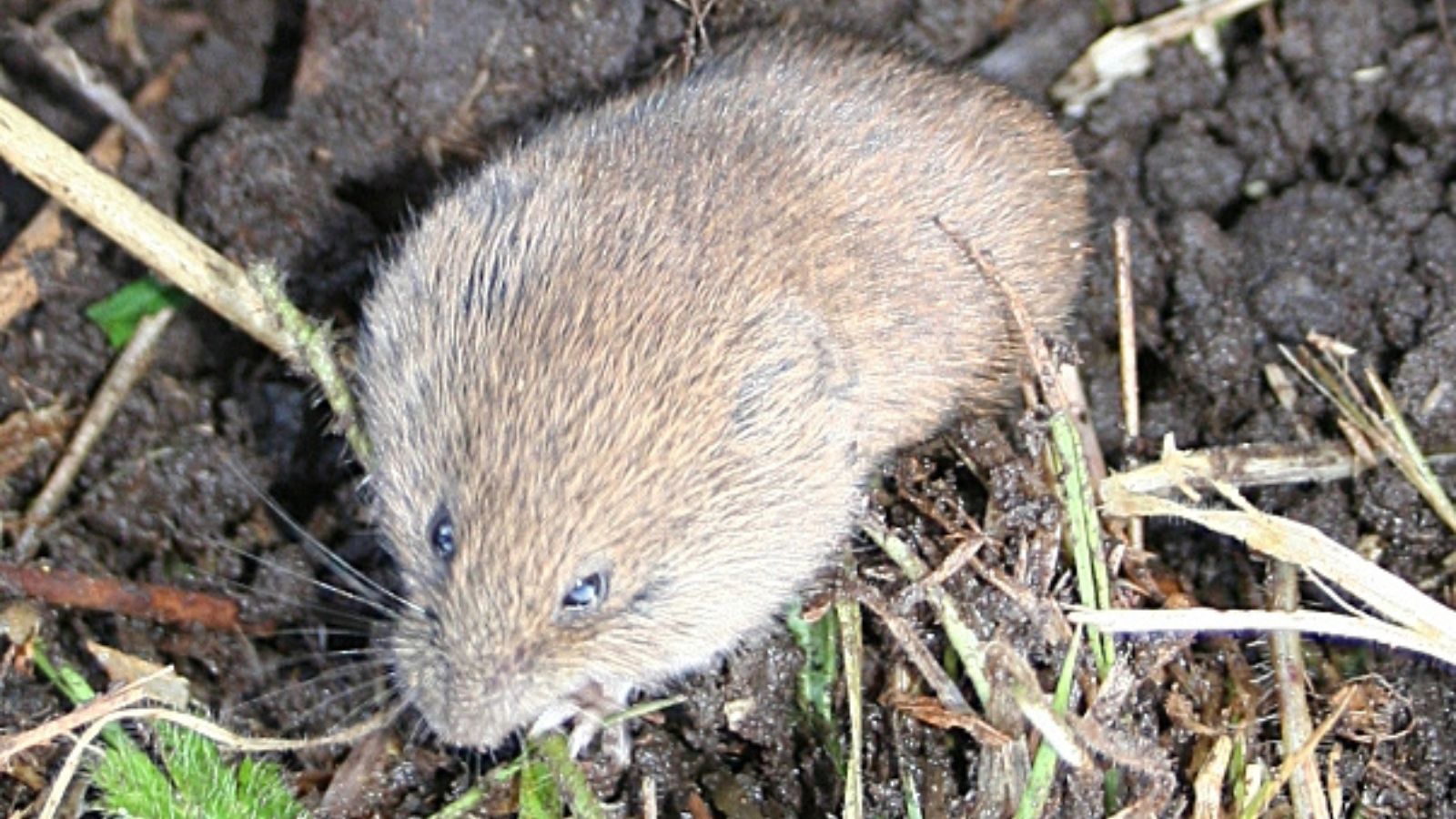
The field vole, also known as the short-tailed vole, weighs between 20-40 grams. These small rodents are important prey for many British predators, including owls and kestrels. Field voles are known for their population cycles, with numbers fluctuating dramatically over 3-4 year periods. They’re capable of producing up to seven litters a year, with each litter containing 4-6 young.
Yellow-Necked Mouse
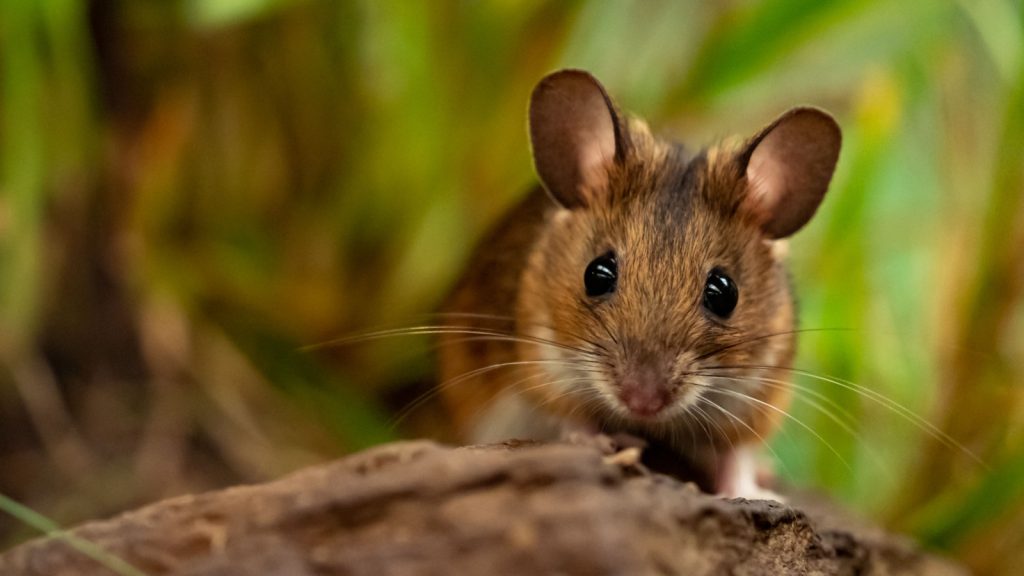
Slightly larger than the wood mouse, the yellow-necked mouse weighs around 30 grams. They’re distinguished by a band of yellow fur around their necks. These agile climbers are mainly found in southern England and Wales, often inhabiting old woodlands and parklands. Yellow-necked mice are known for their impressive jumping ability, capable of leaping up to 1 meter horizontally.
Dormouse
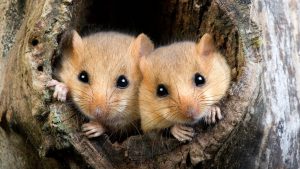
The hazel dormouse, weighing about 20 grams, is one of Britain’s most endearing mammals. Known for their golden-brown fur and large eyes, dormice spend much of their time in the tree canopy. They’re famous for their long hibernation periods, which can last up to six months. Dormice have a unique way of eating hazelnuts, creating a smooth, round hole in the shell that’s distinct from other small mammals.
Whiskered Bat

The whiskered bat is one of our smallest bat species, weighing just 5-8 grams. These agile flyers are known for their fast, erratic flight patterns. Whiskered bats get their name from the long hairs on their face, which help them detect obstacles and prey while flying. They can live for up to 19 years, an impressive lifespan for such a small creature.
Water Vole
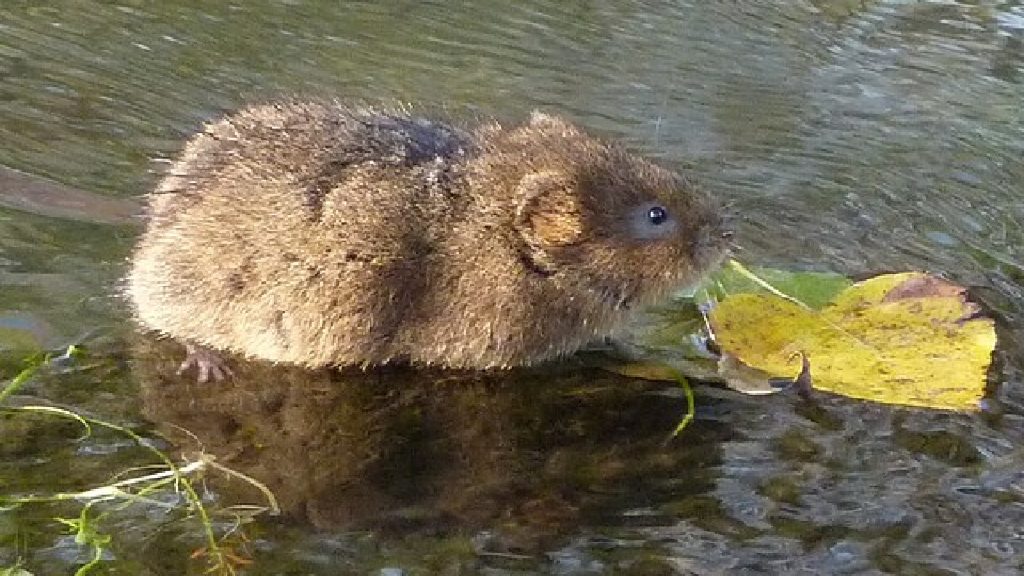
While not as small as some on this list, the water vole is still one of Britain’s smaller mammals at around 140-350 grams. Often mistaken for rats, these charming creatures are excellent swimmers and are sometimes called ‘water rats’. Sadly, water voles have suffered significant declines due to habitat loss and predation by American mink. Water voles are prolific burrowers, creating complex underground systems with multiple chambers and entrances.
Natterer’s Bat

The Natterer’s bat is another of Britain’s smaller bat species, weighing between 7-12 grams. These bats are known for their slow, fluttering flight and their ability to fly in cluttered environments. They often roost in old buildings and trees, and are named after the Austrian naturalist Johann Natterer. Natterer’s bats have a unique hunting technique – they can glean insects directly from vegetation, a skill not all bat species possess.

